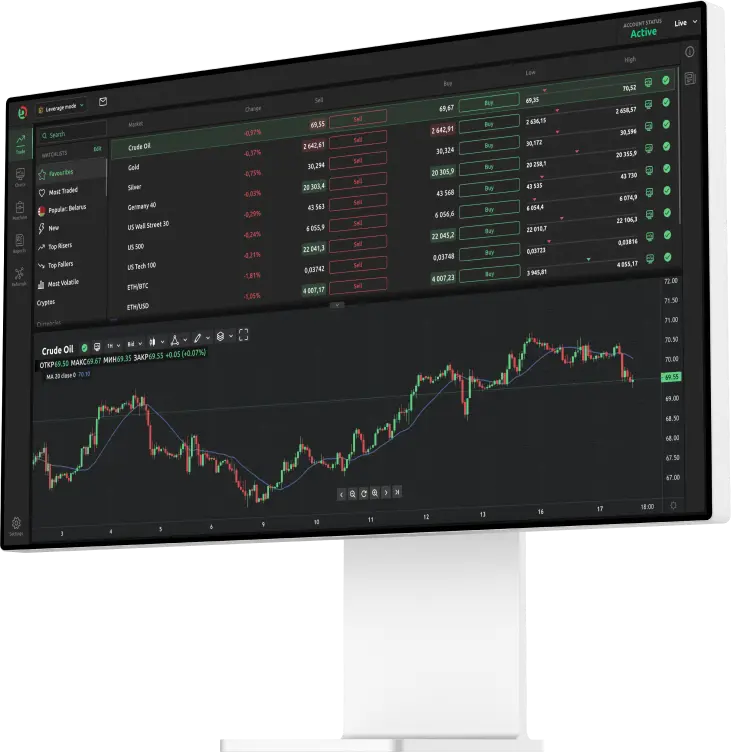DAI to USD is a major trading pair. Not only is DAI one of the largest Ethereum-based stablecoins, the US dollar is the most traded fiat currency in the world.
The DAI/USD is much less volatile than other cryptocurrencies. This is due to the fact it is a stablecoin, meaning that it is linked to a fiat currency. DAI is pegged to the dollar meaning ideally it should stay relatively flat and should remain in line with $1.
As of 19 November 2021, DAI price has experienced 0.4% volatility over the course of a 24hour period, 0.2% over the course of a 7-day period and 0.1% over the space of a year. These number indicate that while there is some movement, compared to the volatility of other cryptos it is negligible.
What is DAI?
Launched in December 2017, the issuance and development of Dai is managed by the Maker Protocol and the MakerDAO decentralized autonomous organization.
Holders of Maker (MKR) governance token manage and cast votes in regard to future of the organization. Its runs itself on smart contracts on the Ethereum network.
MakerDAO was founded by entrepreneur Rune Chistensen in 2015.
While DAI used to be single collateral, meaning it could only be collaterized by a single cryptocurrency, multi collateral DAI was launched in November 2019. Multi collateral DAI allows the price of the coin to be soft pegged to USD but collaterized by USD as well as a combination of other cryptocurrencies.
Stablecoins offers investors an alternative to typically highly volatile cryptocurrencies as they are pegged to relatively stable fiat currencies. Safe haven assets like stablecoins allows investors to offset volatility and fluctuations of other cryptos in their portfolio.
All transactions, issuances and burning of DAI is recorded on the Ethereum blockchain.
There are certain risk factors involved with DAI. The coin, for example is not backed entirely by fiat currency. While it is partially backed by USD it is also backed by highly volatile cryptocurrencies. These reserves are thus not entirely stable assets. If, for example, Ethereum dropped in price dramatically, DAI/ USD would experience dramatic volatility.
Which factors affect DAI price?
The factors affecting DAI value can be divided into two groups- DAI-specific factors and factors affecting the cryptocurrency market as a whole.
DAI-specific factors:
Future developments, upgrades and technological improvements.
Competition from other decentralized platforms including Tether (USDT), USD coin (USDC) and Binance USD (BUSD).
DAI-related sentiment
General factors related to the crypto world:
Changes in regulatory laws regarding the legality and usage of stablecoins.
Speculative trading
USD overview
In the DAI to Dollar pair, DAI is the base currency, and the DAI is the counter currency. This means the chart shows how much DAI is worth as measured against the USD.
The US dollar is the world’s most influential currency. It makes up 59% of all central bank foreign reserves. The greenback also dominates the forex market. It is involved in 85% of all forex transactions.
The strength of the US dollar has been directly affected by the monetary policy adopted by the US Federal Reserve after the 2007 financial crash. Fears around inflation have caused concern among investors regarding future devaluation of the dollar. The hit to the US economy as a result of the pandemic has also weakened the greenback.
If you are interested in DAI/USD pair trading, you should keep a close watch of crypto market news as well as updates from the Fed regarding monetary policy changes.
Why trade DAI to USD with Dzengi.com
Advanced charts and analysis tools
Access to more than 70 technical indicators and tools, powerful charts, real-time price alerts.
Smooth trading experience
Instantly buy tokenised assets with DAI. Keep your holdings safe and transfer easily and quickly.
Choose crypto or cash
Fund your account or withdraw fiat with your credit card, bank transfer or a crypto wallet.
Stop paying more
Do more with less using the power of 100x leverage.
Control your risk
Never lose more than you put in with guaranteed stop-loss and take-profit orders.





